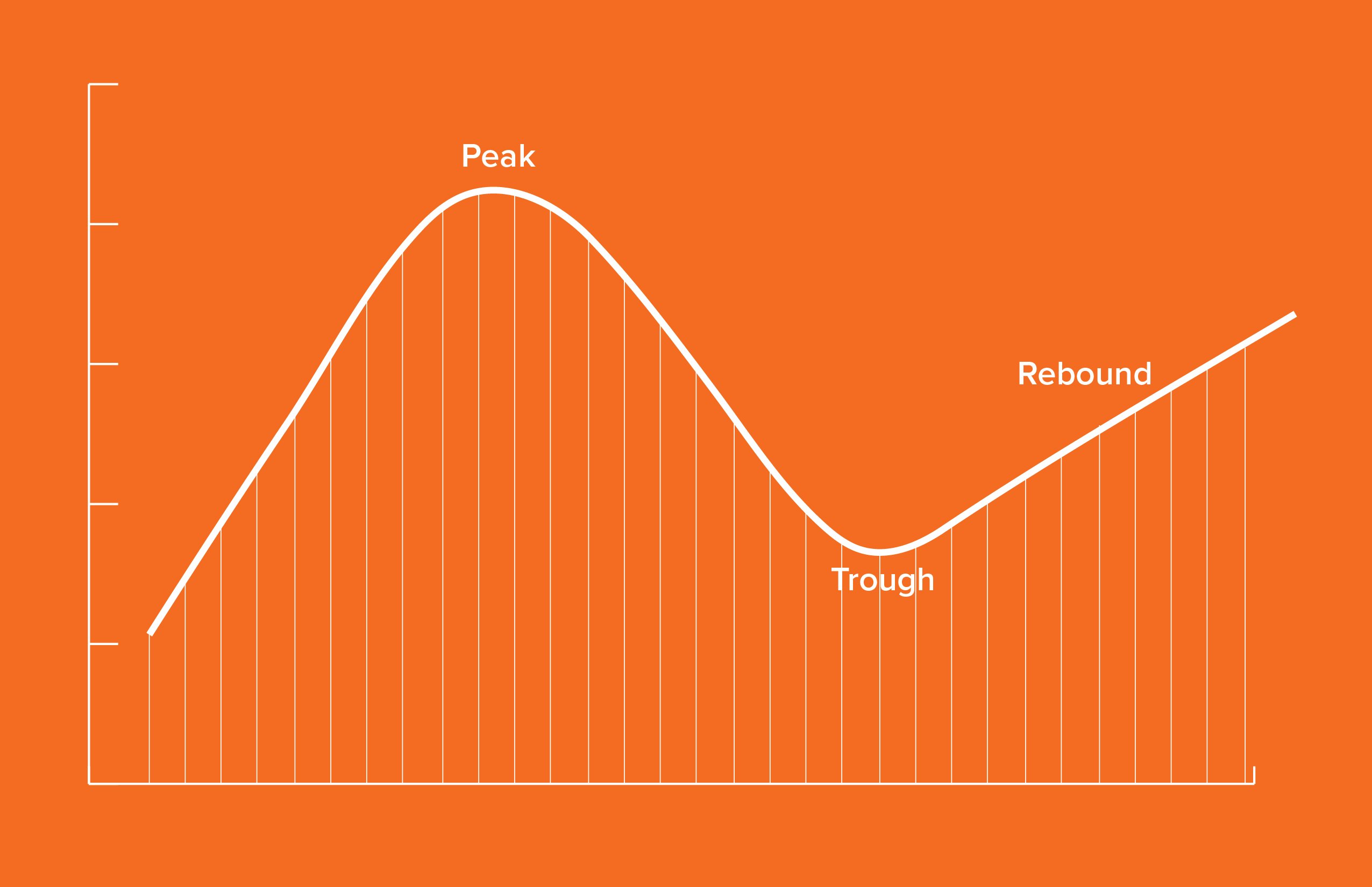By Scott Briscoe | 28 September 2021 | GSX Daily, 2021
Daniel Pink’s keynote message from Global Security Exchange (GSX) 2021, “How to Make Time Your Ally and not Your Enemy,” can be distilled down to three main points:
- Our cognitive abilities don’t remain static during the course of the day.
- These daily fluctuations are more extreme than we realize.
- The best time to perform a task depends on the nature of the task.
The Peak, the Trough, and the Rebound
Pink’s research took him to study after study that yielded a similar pattern. Everybody has a rhythm to their day, and it looks like this:

Each day has three distinct phases, and for most people, it builds to a peak, tumbles to a trough, and rebounds. Everybody, everyday, experiences these three phases.
In his presentation, and in his book, When: The Scientific Secrets to Perfect Timing, Pink cited dozens of academic research studies in a variety of fields that illustrate this pattern. One example examined hundreds of millions of tweets using artificial intelligence. The study concluded that in their tweets, people are happier, more upbeat, and more positive in the late morning to early afternoon and are decidedly less happy and more negative in mid-afternoon before rebounding as evening approaches.
The same pattern emerges in other settings. An analysis of thousands of pages of earnings calls corporate executives have with investors yielded a similar positive (in the morning), then negative (in the afternoon), emotional curve. The study showed real-world consequences as a result: Companies that held afternoon calls had real, if temporary, negative effects on their stock prices compared to companies that held the calls in the morning. Another analysis with critical real-world results found that hospitals make more mistakes resulting in worse patient outcomes when procedures are performed in the afternoon compared to procedures performed in the morning.
Read more about Daniel Pink’s GSX 2021 keynote in the GSX Daily.
